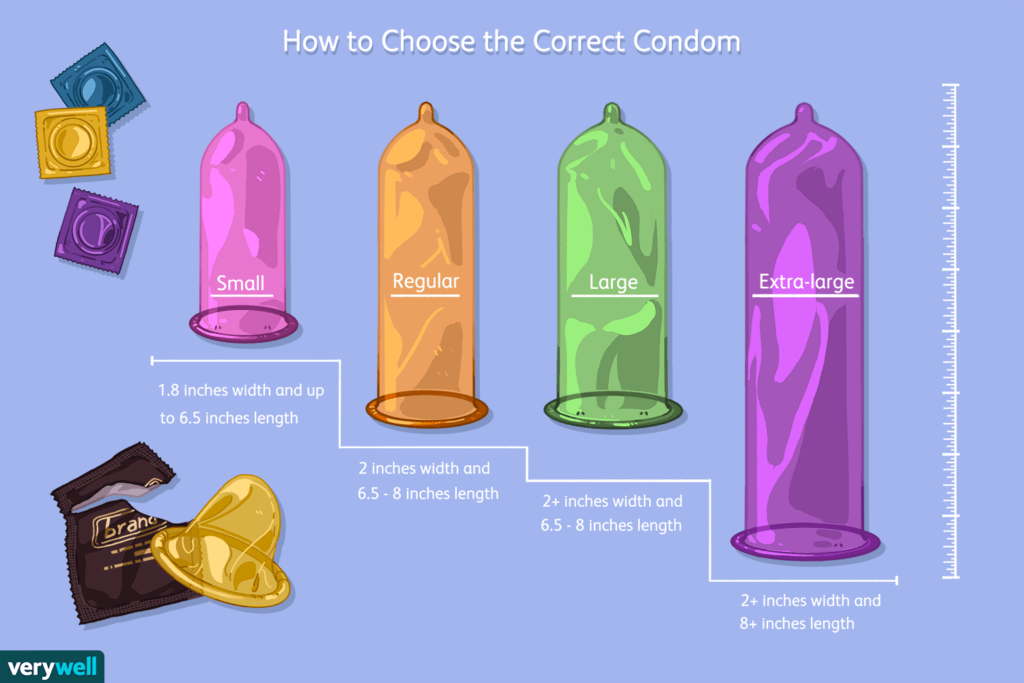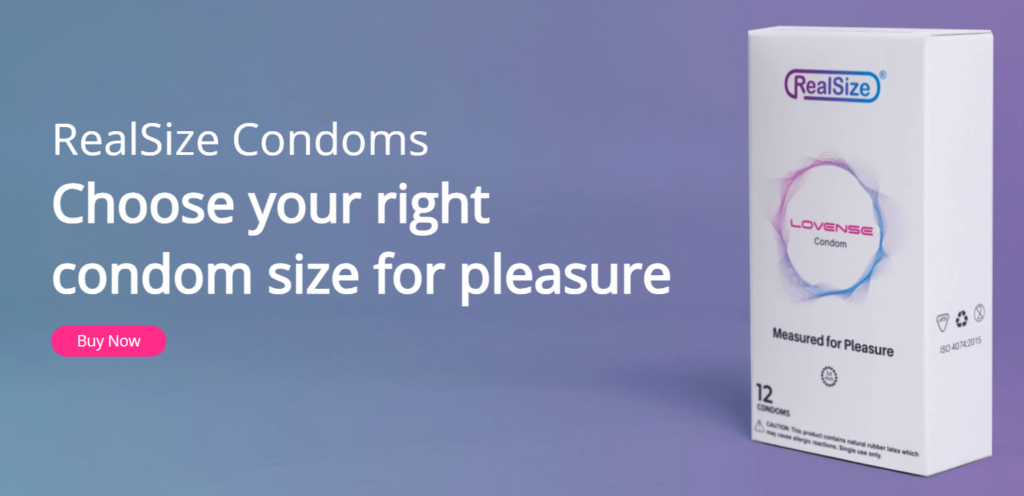What's In This Article?
When it comes to staying safe in the bedroom, knowing how to use a condom properly is a skill everyone should have. It’s not complicated, but there’s more to it than just ripping open the packet. This guide breaks it down so you can feel confident and prepared.
Condoms are your best defense against STIs and unintended pregnancies. Whether you’re new to it or just need a refresher, getting the basics right is a win for both your health and peace of mind. Ready to learn? Let’s dive in.
What You’ll Learn
- Different types of condoms and which one might work best for you.
- The exact steps to put on a condom without any fumbling.
- How to check if you’ve got the right size and fit (this matters more than you think).
- Quick tips to avoid common mistakes like tearing, slipping, or using the wrong lube.
The Basics of Condoms

Not all condoms are created equal, and choosing the right one can make a big difference in your comfort, safety, and overall experience. Whether it’s your first time or you’re looking to try something new, knowing the types of condoms available and their specific benefits is key.
Here’s what you need to know about the most popular options:
- Latex Condoms: These are the most common and reliable type. They’re great for preventing both STIs and pregnancy. Just be sure to use a water-based or silicone-based lubricant, as oil-based products can weaken the material.
- Polyurethane Condoms: If you’re allergic to latex, this is your go-to. These are thinner and allow for more natural sensations. They’re also compatible with oil-based lubricants, but be careful—they don’t stretch as much and are more prone to breaking if handled roughly.
- Lambskin Condoms: These are made from natural materials and provide a unique feel. However, they only protect against pregnancy, not STIs like HIV or gonorrhea, so they’re best for monogamous relationships with trusted partners.
| Brand | Unique Features | Average Price (Per Pack) | Material |
|---|---|---|---|
| Durex | Trusted brand, variety of sizes and styles | $10–$15 | Latex |
| Trojan | Large selection, includes ultra-thin options | $8–$12 | Latex |
| SKYN | Non-latex, ideal for sensitive skin | $12–$15 | Polyisoprene |
| Lifestyles | Includes snugger fit and textured options | $7–$10 | Latex |
| Kimono | Ultra-thin, focuses on sensitivity | $9–$12 | Latex |
| Glyde | Vegan, non-toxic, and ethically made | $12–$15 | Polyurethane |
| ONE | Fun designs, unique textures, and flavors | $8–$12 | Latex |
| Okamoto | Known for being super-thin and natural feeling | $10–$13 | Latex |
If you’re looking for something different, there are specialty condoms designed for specific needs:
- Ribbed or Textured Condoms: These add extra sensation and can make sex more enjoyable for one or both partners.
- Ultra-Thin Condoms: A great choice for those who want to feel closer to their partner without sacrificing safety. Despite being thinner, they’re just as strong as standard condoms.
- Flavored Condoms: Ideal for oral sex, these come in a variety of flavors to make the experience more enjoyable. Just double-check that they’re safe for other uses if you want to switch things up.
Picking the right condom isn’t just about safety—it’s about enhancing your experience. Always check the packaging for specifics, like whether it protects against both pregnancy and STIs, and make sure it fits properly to avoid common condom mistakes like slipping or breaking.
How to Put on a Condom: Step-by-Step Guide

Getting a condom on correctly is easier than it seems, but doing it wrong can lead to frustration or wasted time. Whether it’s your first try or you’re just making sure you’re doing it right, following the proper steps ensures comfort, confidence, and a better experience for both you and your partner.
1. Preparation is Key
Before you do anything, make sure you’re set up for success. Here’s what to check:
- Expiration Date: Always take a second to check the condom’s packaging. An expired condom is more likely to tear or fail, so if it’s past its date, toss it.
- Packaging Condition: Look for any rips, tears, or holes in the wrapper. If it’s damaged, grab a new one.
- Storage: If the condom’s been kept somewhere hot (like a wallet) or crumpled for too long, it might not be safe to use.
- Quick Tip: Keep condoms in a cool, dry place to avoid damage. A bedside drawer works better than a back pocket.
Using a condom is like wearing a seatbelt during a rollercoaster ride – it’s all about enjoying the adventure safely!
2. Opening & Prep
This step sounds simple, but accidents happen if you rush.
- Open Carefully: Use your fingers to gently tear open the wrapper along the edges. Never use teeth, scissors, or sharp objects—they can damage the condom.
- Don’t Skip Inspection: Roll it out slightly to make sure it’s in good condition (no tears or holes) and ready to go.
- Check the Direction: The condom should roll out easily. If it doesn’t, it’s upside down. Flip it over, but only if it hasn’t touched anything yet. Otherwise, grab a new one.
- Pinch the Tip: Hold the reservoir tip (the little pouch at the end) between your fingers to leave room for semen. This step is crucial to prevent breakage.
Why This Matters: Air bubbles inside the condom can make it burst during use. Pinching the tip keeps it safe and secure.
3. Putting the Condom On
- Position It at the Tip: Place the condom on the tip of the erect penis.
- Unroll to the Base: With one hand pinching the tip, use the other hand to roll the condom down to the base of the penis. It should fit snugly but not feel too tight.
- Smooth It Out: Check for air bubbles or folds. If you find any, gently smooth them out by running your fingers along the sides.
- Choose the Right Lube: If things feel dry, use water-based or silicone-based lubricants. These are safe for most condoms.
- Avoid Oil-Based Lubes: Products like petroleum jelly or coconut oil can weaken the condom and make it tear.
4. After Use
When you’re finished, follow these steps to remove the condom safely:
- Hold the Base: Before the penis softens, grip the base of the condom to prevent spills.
- Slide It Off Gently: Carefully pull the condom off, making sure nothing leaks.
- Dispose of It Properly: Wrap the condom in tissue or toilet paper and throw it in the trash. Never flush condoms—they can clog pipes and harm the environment.
For Those Who Are Visual Learners…
Choosing the Right Condom

The wrong condom size can ruin the moment. It might feel uncomfortable, slip off, or even break. But getting the right fit isn’t hard if you know what to look for. Choosing the right condom is all about comfort, safety, and making sure it works the way it’s supposed to.
There’s more to condom sizing than just picking a small, medium, or large. Measuring your length and girth ensures a snug, secure fit that reduces the risk of common issues like slippage or breakage. It’s not about overthinking—it’s about making the experience better.
How to Measure for the Perfect Fit
Measuring might sound awkward, but it’s quick and makes all the difference. Here’s how:
- Measure Length:
- Use a ruler or a soft measuring tape.
- Measure from the base of your erect penis (where it meets your body) to the tip.
- This ensures the condom covers the entire length without extra material.
- Measure Girth:
- Wrap a measuring tape or string around the thickest part of your erect penis.
- If you’re using string, mark the spot where it overlaps and measure it with a ruler.
- This measurement ensures the condom isn’t too tight or too loose.

Find Brands With Multiple Size Options
Finding the perfect condom fit is all about exploring options that cater to your specific size and comfort. Lovense RealSize Condoms lead the way with personalized sizing tools and multiple size options, but other brands like myONE, Trojan, and Durex also offer tailored fits for enhanced safety and comfort. Here’s a breakdown of the best brands for customized condom sizing:
| Brand | Unique Features | Sizing Options | Where to Buy |
|---|---|---|---|
| Lovense RealSize | Six widths, personalized fit, tools like online quizzes and apps. | Six width sizes | Lovense.com |
| myONE Custom Fit | 52 sizes with 10 lengths and 9 widths, FitCode system. | 52 unique combinations | myONECondoms.com |
| Trojan Magnum | Larger sizes, options for thin and enhanced comfort. | Large and XL | In stores and online |
| Durex XXL | Extra-long and wide for better comfort. | XXL | In stores and online |
| LifeStyles Snugger Fit | Smaller fit for those who find standard condoms too loose. | Smaller sizes | In stores and online |
Whether you’re looking for larger sizes, smaller fits, or a completely customized approach like Lovense RealSize, exploring these brands is the key to finding what works best for you.
Example of Lovense RealSize Condoms:

- Multiple Sizes: Available in six widths (49 mm to 60 mm) to cater to different body types.
- Personalized Fit: Finding your perfect fit ensures enhanced safety (reduced risk of slippage or breakage) and a more natural, pleasurable feel.
- Measurement Tools: You can find your “glass slipper” through an interactive online quiz or a mobile phone measuring app for precise sizing. There’s also a printable standard measuring tool if you don’t want to go digital.

Other Reasons Condom Use Matters

While most people think of condoms as a way to prevent STIs and unplanned pregnancies, there are plenty of other benefits that make them an essential tool for sexual health and well-being:
Practical Benefits
Condoms are one of the easiest and most practical ways to stay protected. Here’s why they stand out:
- Ease of Access: They’re available almost everywhere—drugstores, supermarkets, online, and even vending machines. No prescription is needed.
- Immediate Effectiveness: Unlike other methods that require planning, condoms work instantly. Just put one on, and you’re good to go.
- No Hormonal Side Effects: Unlike birth control pills or injections, condoms don’t interfere with your body’s hormones. No mood swings, weight changes, or nausea—just protection.
- Versatile Use: Whether it’s vaginal, anal, or oral sex, condoms have you covered. Specialty condoms, like flavored condoms, are designed for specific activities.
Quick Tip: For those with latex allergies, non-latex options like polyurethane and polyisoprene condoms offer the same protection without discomfort.
Health and Lifestyle Benefits
Condoms don’t just protect your body—they can make your overall experience safer and easier.
- Partner Communication: Using a condom shows you care about your partner’s health and safety. It opens the door for honest conversations about trust and boundaries.
- Reduced Cleanup: Condoms minimize mess, making them especially useful when cleanup might be inconvenient.
- Protection Beyond STIs: Condoms can also reduce the risk of bacterial infections, like UTIs, by keeping external bacteria at bay.
- Reusable Alternatives for Toys: Want to share sex toys without worry? Use a condom on the toy to prevent cross-contamination.
Fun Fact: Modern condoms are a far cry from their ancient counterparts, which were made from materials like linen or animal intestines. Today’s options are thinner, stronger, and more comfortable than ever.
Essential Condom Tips

- One-Time Use Only: Condoms are made for single use. Reusing one isn’t safe or effective, so always grab a new one for each encounter.
- What to Do If It Breaks: If a condom tears, stop immediately and replace it with a new one. If there’s any risk of pregnancy, consider emergency contraception. Don’t panic—just act quickly.
- Don’t Double Up: Using two condoms at once might sound like extra protection, but it actually increases friction and the chance of breakage. One condom is all you need.
- Water Isn’t Your Friend: Using condoms in water (like a pool or shower) can wash away lubricants and make them more likely to tear. Stick to dry land for safer use.
- Flavored Condoms: These are great for oral sex but aren’t the best choice for anal intercourse. Regular, non-flavored condoms provide better protection and reduce irritation risks.
- Proper Disposal: After use, wrap the condom in tissue or toilet paper and throw it in the trash. Never flush condoms—they can clog pipes and harm the environment.
Condoms vs. Other Forms of Birth Control

While condoms are highly effective and versatile, it’s vital to consider how they stack up against other contraception options. Here’s a deeper dive into their strengths and weaknesses:
| Method | Protection Against STIs | Effectiveness* | Convenience | More Info |
|---|---|---|---|---|
| Condoms | Yes | ~98% | Widely available, no prescription needed | Also reduces the risk of STIs; can be used for all types of sex. |
| Birth Control Pills | No | ~99% | Daily use; requires a prescription | Can regulate periods but has potential hormonal side effects. |
| IUD (Copper) | No | ~99.9% | Inserted by a doctor; long-term option | Hormone-free; effective for up to 10 years. |
| IUD (Hormonal) | No | ~99.8% | Inserted by a doctor; long-term option | Can reduce period flow; effective for 3-7 years. |
| Implant | No | ~99.95% | Inserted in arm; lasts up to 3 years | Hormonal; may stop periods altogether for some users. |
| Diaphragm | No | ~92-96% | Must be fitted by a doctor | Reusable but doesn’t protect against STIs. |
| Withdrawal | No | ~78% | Requires self-control | Least effective; no STI protection. |
| Sterilization | No | ~99.9% | Permanent; requires surgery | For those who don’t want more children. |
Key Takeaways:
For the best protection, use condoms along with another method like an IUD or the pill. Condoms block STIs while other methods focus on preventing pregnancy, giving you double the safety. They’re also a great backup if your main method fails, like missing a pill or having a diaphragm slip.
Condoms are easy to use, don’t need a prescription, and can fit into any routine. Whether you use them as your primary method or pair them with something else, they’re a simple way to stay protected and feel confident.
Condom Conclusions

Using condoms isn’t just about staying safe—it’s also about showing care and respect for your partner. When you take the time to use condoms properly, you’re making a choice that protects both your health and theirs.
It’s more than just a step in the process; it’s a way to build trust and confidence in your intimate moments. By prioritizing safe practices, you’re creating a healthier, more thoughtful experience for both of you.
Want More Useful or Interesting Articles?
- 16 Condom Types – There are More Than You Realize
- 40 Crazy, Useless, or Interesting Condom Facts
- 8 Common Condom Problems You Should Watch Out For



